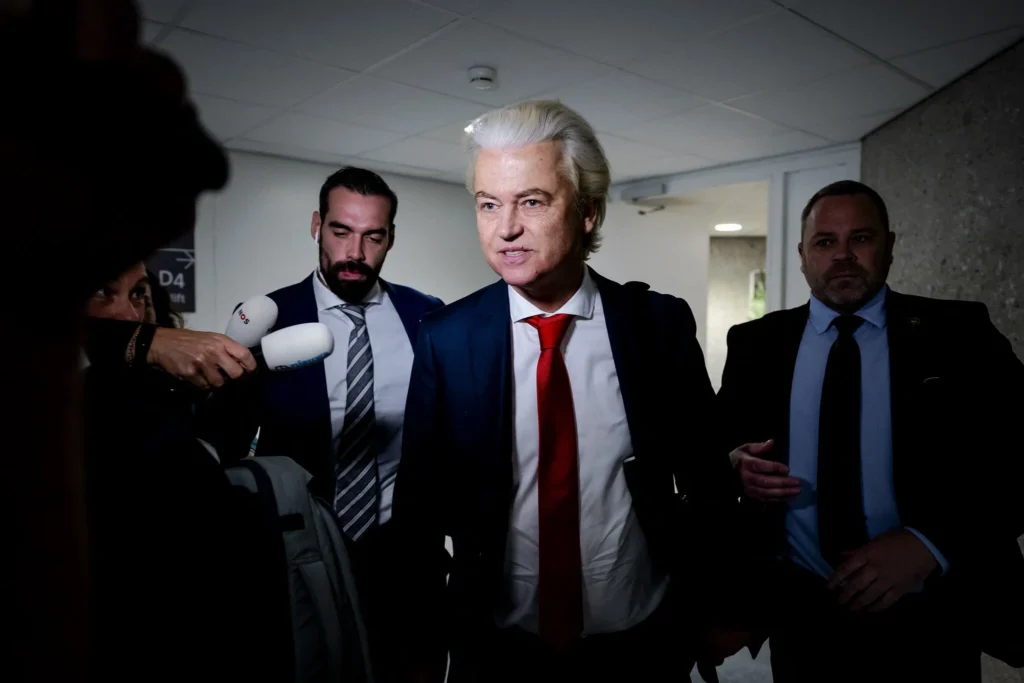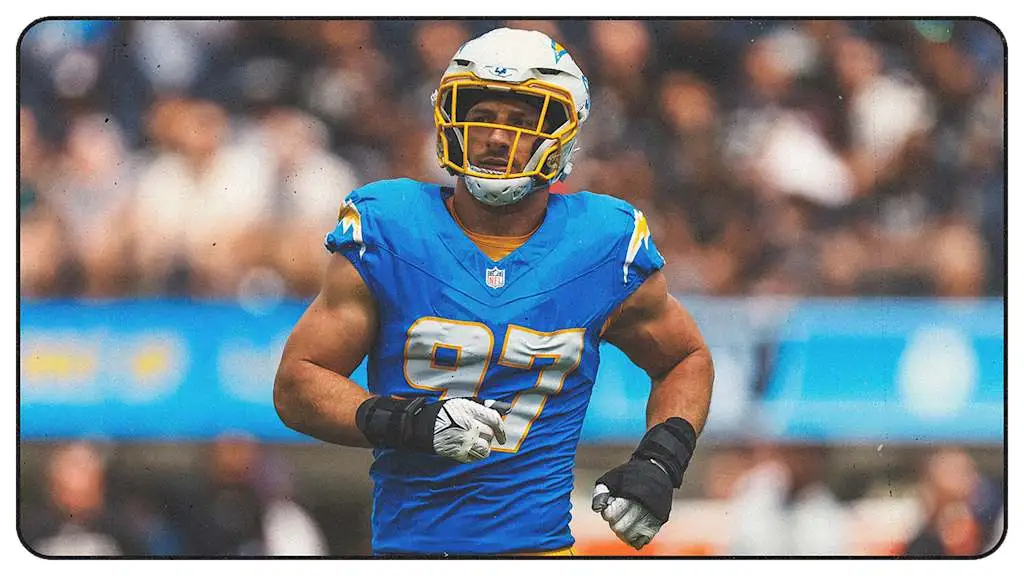Step back in time and relive the magic of yesteryears through the lens of successful brands that have mastered the art of monetizing nostalgia. Join us on a journey exploring how iconic companies tap into our fond memories to create powerful marketing strategies that captivate hearts, minds, and wallets. Discover the enchanting world where past meets present in an irresistible blend of emotion and commerce.
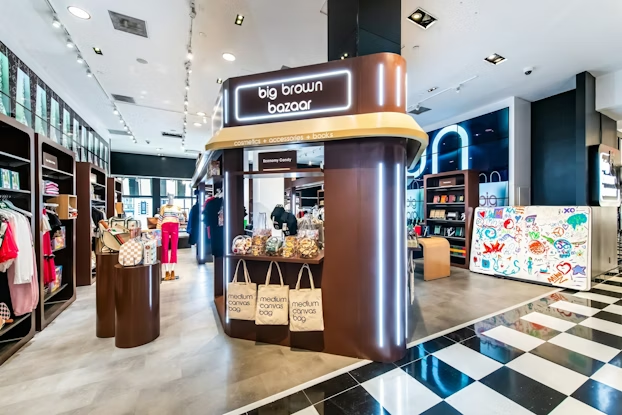
Impact of Nostalgia on Consumer Behavior
Nostalgia has a powerful impact on consumer behavior, stirring up emotions and memories from the past. When brands tap into this sentiment, they create a deep connection with their audience.
Consumers often seek out products or experiences that remind them of happier times or cherished moments from their childhood. This emotional pull can drive purchasing decisions and foster brand loyalty.
By leveraging nostalgia in marketing strategies, brands can evoke feelings of comfort, familiarity, and authenticity in consumers. This resonates strongly with individuals seeking a sense of belonging or longing for simpler times.
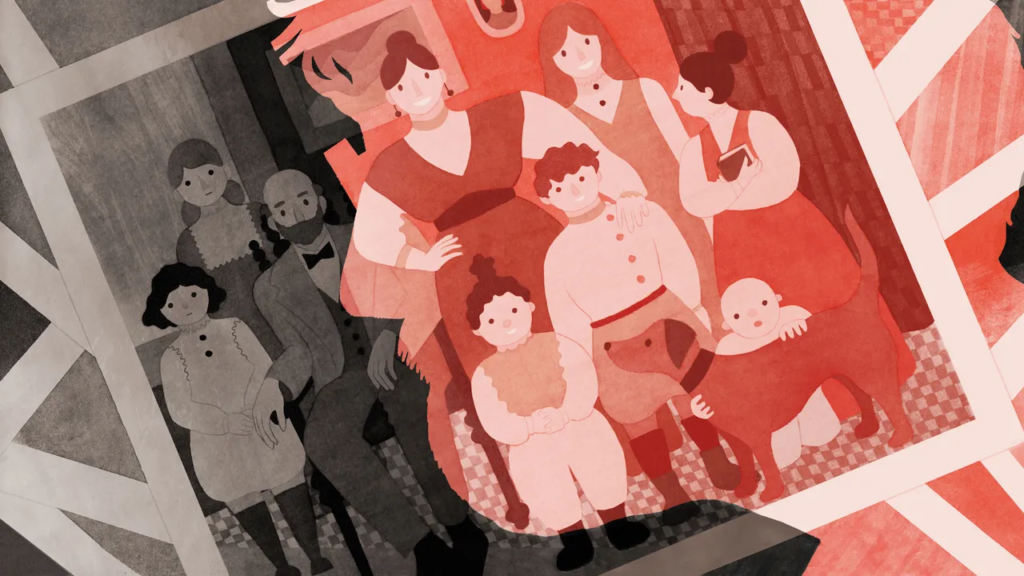
The nostalgic appeal can also help differentiate a brand in a crowded marketplace by creating a unique selling point that stands out to consumers. It allows companies to tap into the collective memory of their target audience, fostering trust and building rapport.
Understanding the impact of nostalgia on consumer behavior is crucial for brands looking to create meaningful connections with their customers and drive success in today’s competitive market landscape.
Emotional Appeal of Nostalgia in Marketing
Nostalgia in marketing taps into the deep emotional connections people have with their past. It’s more than just a longing for the good old days; it’s a powerful tool that can evoke strong feelings and memories. Brands that successfully leverage nostalgia understand the sentimental value it holds for consumers.
By incorporating nostalgic elements in their campaigns, brands can create a sense of comfort and familiarity that resonates with their target audience. Whether it’s through retro packaging, throwback commercials, or classic product re-releases, nostalgia has a way of tugging at heartstrings and capturing attention.
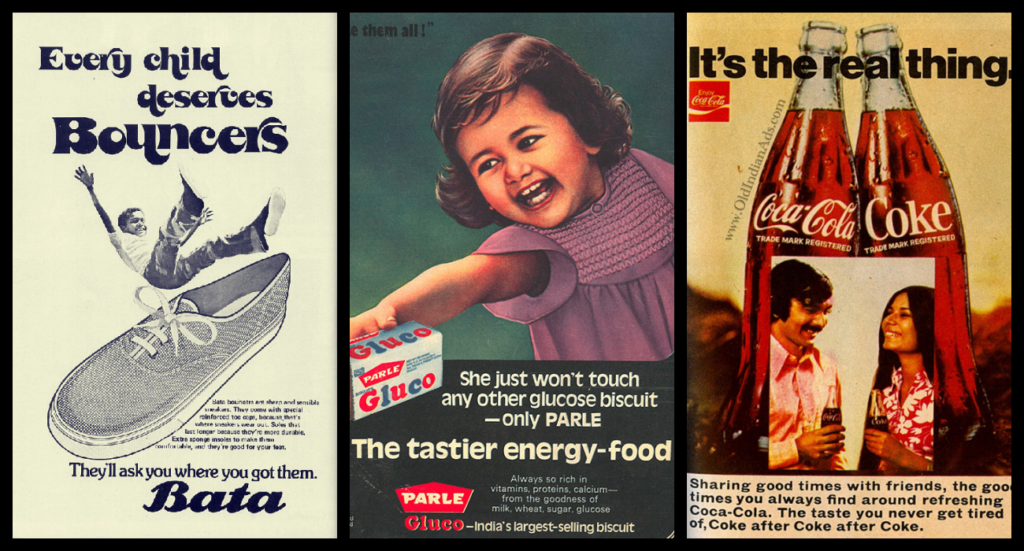
The emotional appeal of nostalgia can lead to increased brand loyalty and customer engagement. When consumers associate positive emotions with a brand from their past, they are more likely to form lasting connections and remain loyal over time.
Tapping into nostalgia in marketing is not just about selling products; it’s about creating meaningful experiences that touch people on a personal level.
Potential Risks and Challenges of Using Nostalgia in Marketing
When leveraging nostalgia in marketing, there are risks and challenges that brands must navigate. One key challenge is striking the right balance between evoking sentimental feelings and coming across as insincere or gimmicky. Consumers can easily pick up on inauthentic attempts to capitalize on nostalgia.
Another risk is that relying too heavily on past successes may hinder innovation and prevent brands from staying relevant in a rapidly evolving marketplace. It’s essential for companies to blend elements of nostalgia with fresh ideas to keep their offerings compelling to modern consumers.
Moreover, nostalgia can be subjective, varying greatly among different demographic groups. What resonates with one segment of the audience might not have the same impact on another. Brands need to carefully research their target market’s nostalgic triggers to create effective campaigns.
Additionally, over-reliance on nostalgia could pigeonhole a brand into catering only to older customers, potentially alienating younger generations who seek contemporary experiences rather than retro vibes. Striking a balance between honoring heritage and embracing innovation is crucial for long-term success when using nostalgia in marketing strategies.
Case Study #1: Disney’s Success with Reboots and Remakes
Disney is a powerhouse when it comes to monetizing nostalgia. Their strategy of rebooting and remaking classic films has proven to be a massive success. By tapping into our fond memories of beloved characters and stories, Disney has created a lucrative market for reimagined versions of timeless classics.
The live-action adaptations of animated favorites like “The Lion King” and “Aladdin” have not only captured the hearts of new generations but also reignited the passion of older fans who grew up with the originals. The blend of nostalgia with modern technology and storytelling techniques has allowed Disney to transport audiences back in time while offering a fresh take on familiar tales.
Through their successful reboots and remakes, Disney has demonstrated the enduring power of nostalgia in marketing. By leveraging our emotional connections to their iconic franchises, they have managed to create buzz, drive ticket sales, and solidify their position as a leader in entertainment that stands the test of time.
Case Study #2: Nintendo’s Revival of Classic Video Games
Nintendo’s ability to tap into nostalgic emotions of emotionalhas been a key factor in their success. By reviving classic video games such as Super Mario and Legend of Zelda, Nintendo has captured the hearts of both old and new generations. The company understands the emotional connection gamers have with these iconic titles, leveraging that sentiment to drive sales and engagement.
Through strategic reimagining and remastering, Nintendo brings beloved characters back to life while introducing them to a modern audience. This blend of familiarity and innovation creates a powerful marketing strategy that resonates deeply with consumers. The nostalgia surrounding these games not only boosts sales but also strengthens brand loyalty among fans who grew up playing them.
With each release, Nintendo proves that nostalgic emotions is not just a trend but a sustainable marketing approach that can withstand the test of time. As they continue to breathe new life into classic franchises, Nintendo sets a prime example for brands looking to monetize nostalgia successfully in today’s ever-changing market landscape.
Case Study #3: Fashion Brands Incorporating Retro Styles
Fashion brands have been tapping into the power of nostalgic emotions by incorporating retro styles in their collections. By revisiting trends from past decades, these brands evoke a sense of familiarity and comfort in consumers, appealing to their nostalgic emotions.
Icons like Levi’s, Adidas, and Tommy Hilfiger have successfully revived vintage designs that resonate with both older generations who lived through those eras and younger consumers seeking a taste of the past. The resurgence of high-waisted jeans, oversized logos, and neon colors is a testament to the enduring appeal of retro fashion.
By blending classic elements with modern twists, fashion brands create unique pieces that cater to a diverse audience looking for timeless yet trendy clothing options. Whether it’s 90s grunge or 70s boho-chic, embracing retro styles allows brands to connect with consumers on a deeper level through shared memories and cultural references.
Case Study #4: Coca-Cola
Coca-Cola, a beverage giant with over a century of history, has successfully leveraged nostalgic emotions in its marketing strategies. By tapping into consumers’ fond memories of enjoying a Coke with friends or family, the brand has created timeless campaigns that resonate across generations.
One of Coca-Cola’s most iconic nostalgic campaigns is their annual holiday ads featuring the jolly Santa Claus. This image has become synonymous with Christmas and evokes warm feelings of tradition and joy.
Moreover, Coca-Cola frequently reintroduces vintage designs on their packaging to evoke nostalgia among consumers who have grown up seeing those classic logos and slogans.
Through these initiatives, Coca-Cola maintains its relevance while staying true to its heritage and connecting emotionally with consumers worldwide.
Conclusion and Future Possibilities for Nostalgia
As seen from the successful case studies presented, brands have effectively monetized nostalgia to connect with consumers on an emotional level and drive sales. Nostalgia marketing has a powerful impact on consumer behavior, tapping into fond memories and creating a sense of comfort and familiarity.
Moving forward, the future possibilities for nostalgia in branding are vast. With advancements in technology and data analytics, brands can tailor their nostalgic campaigns even more precisely to target specific demographics. Incorporating elements of nostalgia in advertising will continue to be a valuable strategy for brands looking to create memorable campaigns that resonate with their audience.
By leveraging the emotional appeal of nostalgia while staying true to their brand identity, companies can forge stronger relationships with customers and stand out in a crowded marketplace. As long as brands approach nostalgia marketing thoughtfully and authentically, there is no doubt that it will remain a key driver of success in the ever-evolving world of marketing.
Stay tuned for more content, only on QAWire
